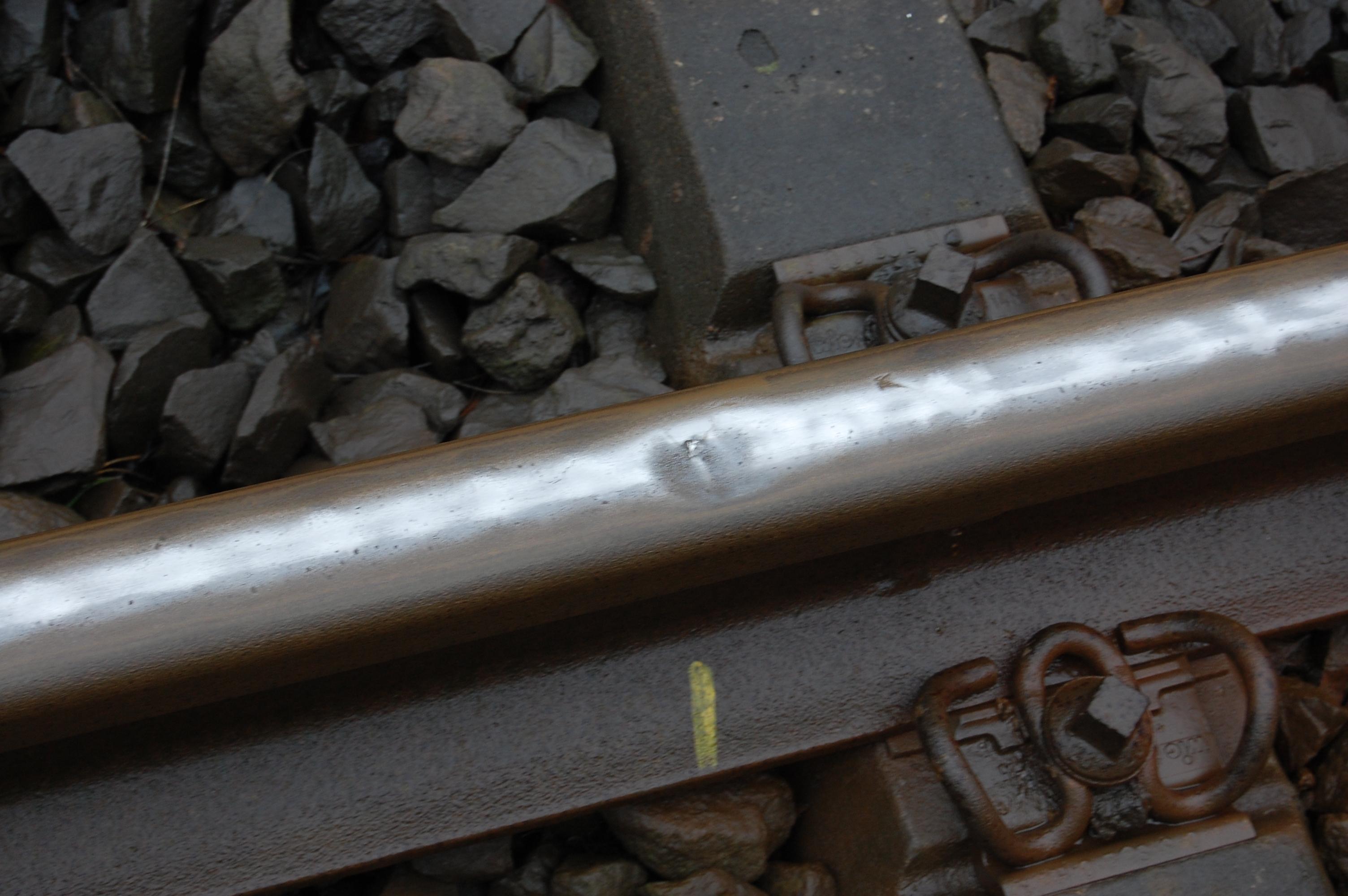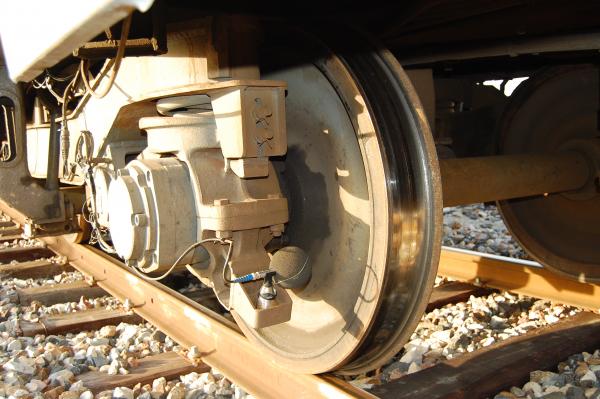
Sound measurements on board a train for detecting rail defects
Rail defects can have major consequences. If left undealt with, they not only create extra maintenance but also lead to increased safety risks. It is therefore essential for infrastructure managers to detect and repair any defect in good time. But how do you know exactly where the defect is located and how severe it is? This is where a sound measurement with our ARRoW system provides an answer.
When the wheel of a train drives over a rail defect, extra noise is usually produced. This can even be heard by passengers, which was the source of our inspiration: if you can hear it, you must be able to measure it with a sound meter. This specific sound differs from the normal rolling noise of the train in its short, impulse-like character. With the help of ARRoW we characterized the sound created by a squat (the usual term for this type of defect) and subsequently developed an algorithm to differentiate this sound from the rolling noise and from other sources which increase noise levels, such as level crossings and corrugation.
Sound measurements close to the wheel are ideal for detecting rail defects. The greater the defect, the better this method works because more damage leads to a larger increase in the sound levels. Nevertheless, smaller squats can also be detected with this system. By identifying rail defects in this way, timely maintenance can be carried out wherever needed and overall maintenance costs are ultimately reduced.

